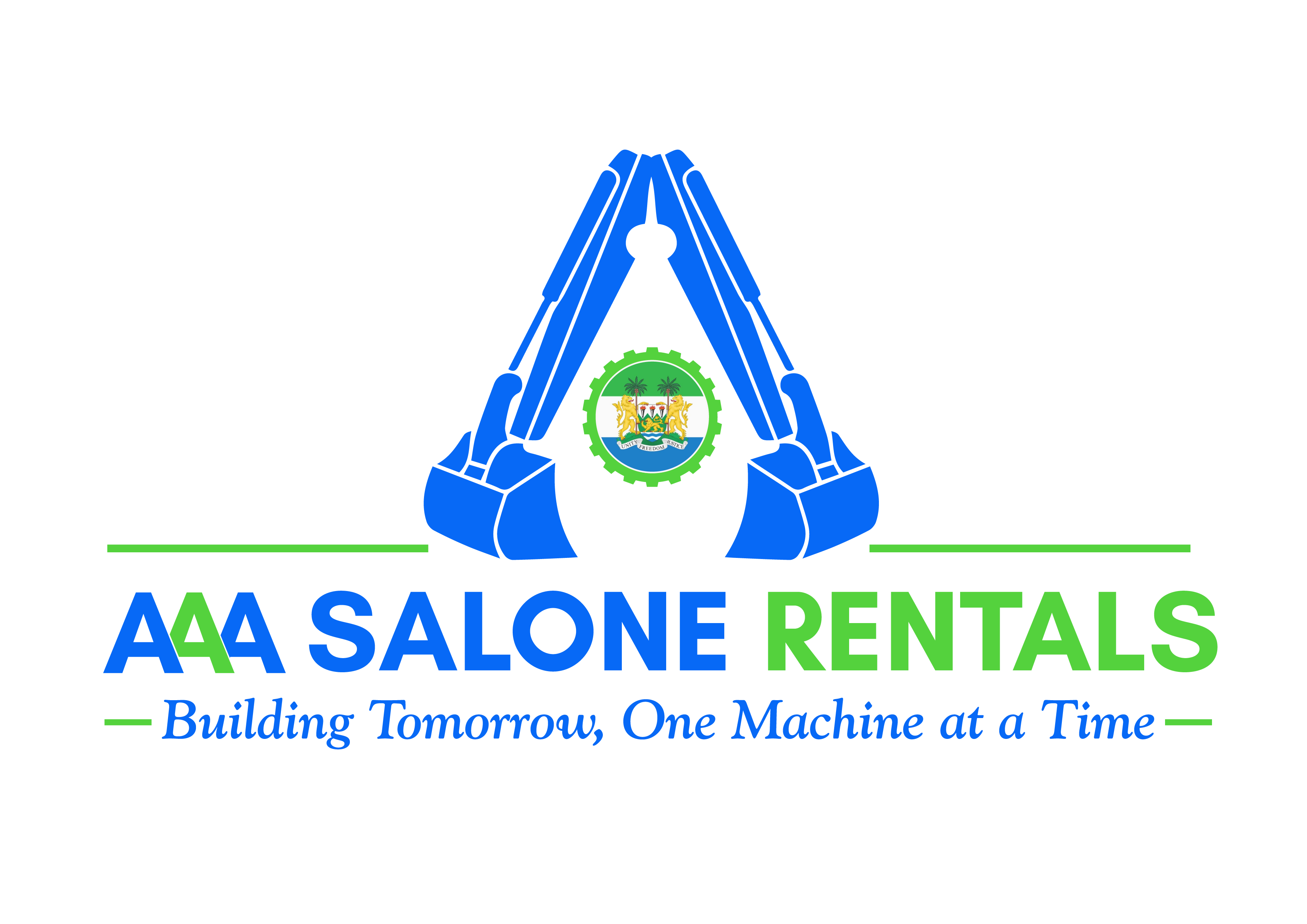
Dealing With Cold Weather --Challenges In Construction Workers
September 23
Dealing With Cold Weather Challenges in Construction
Construction work in cold weather presents unique challenges that can impact the safety, efficiency, and quality of the project. Here are some strategies and best practices for dealing with these challenges effectively:
1. Planning and Preparation
- Weather Forecasting: Regularly monitor weather forecasts to anticipate and prepare for extreme cold conditions. Adjust work schedules to avoid the coldest periods when possible.
- Project Scheduling: Plan the construction phases to minimize the exposure of critical tasks to extreme cold. Prioritize indoor work or tasks that are less affected by cold weather.
2. Worker Safety and Health
- Proper Clothing: Ensure that all workers are equipped with appropriate cold-weather gear, including insulated clothing, gloves, hats, and waterproof boots.
- Warm Break Areas: Provide heated shelters or warming stations where workers can take regular breaks to warm up and avoid prolonged exposure to the cold.
- Hydration and Nutrition: Encourage workers to stay hydrated and provide warm beverages. High-calorie foods can help maintain energy levels in cold conditions.
- Training: Educate workers on the signs and symptoms of cold-related illnesses such as hypothermia and frostbite, and train them on how to respond in emergencies.
3. Equipment and Material Management
- Equipment Maintenance: Regularly inspect and maintain equipment to ensure it operates effectively in cold weather. This includes checking antifreeze levels, battery conditions, and lubrication.
- Cold-Weather Adaptations: Use equipment and tools designed or modified for cold-weather operation. Ensure that machinery is warmed up properly before use.
- Material Handling: Store materials in a way that protects them from freezing temperatures. Use heated enclosures or thermal blankets for materials that are sensitive to cold, such as adhesives, paints, and concrete.
4. Concrete and Masonry Work
- Temperature Control: Use heated enclosures, insulated blankets, or heating elements to keep the concrete and masonry work areas warm. Maintain an appropriate curing temperature for concrete to ensure proper strength development.
- Admixtures: Utilize cold-weather admixtures to modify the setting and curing properties of concrete, allowing it to cure properly in low temperatures.
- Curing Practices: Extend curing periods for concrete poured in cold weather to ensure it reaches the desired strength before removing forms or applying loads.
5. Site Management
- Snow and Ice Removal: Regularly clear snow and ice from work areas, walkways, and equipment to prevent slips, trips, and falls. Use salt or sand to improve traction on icy surfaces.
- Lighting: Shorter daylight hours in winter mean less natural light. Ensure that the site is well-lit to maintain visibility and safety.
- Windbreaks: Install windbreaks to protect workers and materials from cold winds. This can significantly reduce the wind chill factor and improve working conditions.
6. Structural and Groundwork
- Frozen Ground: When working with frozen ground, pre-thawing techniques such as ground heaters or insulated blankets can help. Be aware that frozen ground can shift and settle when thawed, affecting the stability of structures.
- Foundations: For foundation work, ensure that the ground is not frozen before pouring concrete. Use insulating blankets or ground heaters to keep the soil warm.
7. Communication and Monitoring
- Daily Safety Meetings: Hold daily safety meetings to discuss cold weather challenges, review safety practices, and address any concerns or incidents from the previous day.
- Health Monitoring: Keep a close watch on workers for signs of cold stress. Implement a buddy system where workers look out for each other’s well-being.
Conclusion
Dealing with cold weather challenges in construction requires careful planning, proper equipment, and a strong focus on worker safety. By implementing these strategies, contractors can maintain productivity, ensure the quality of work, and protect their workforce from the hazards associated with cold weather conditions.
